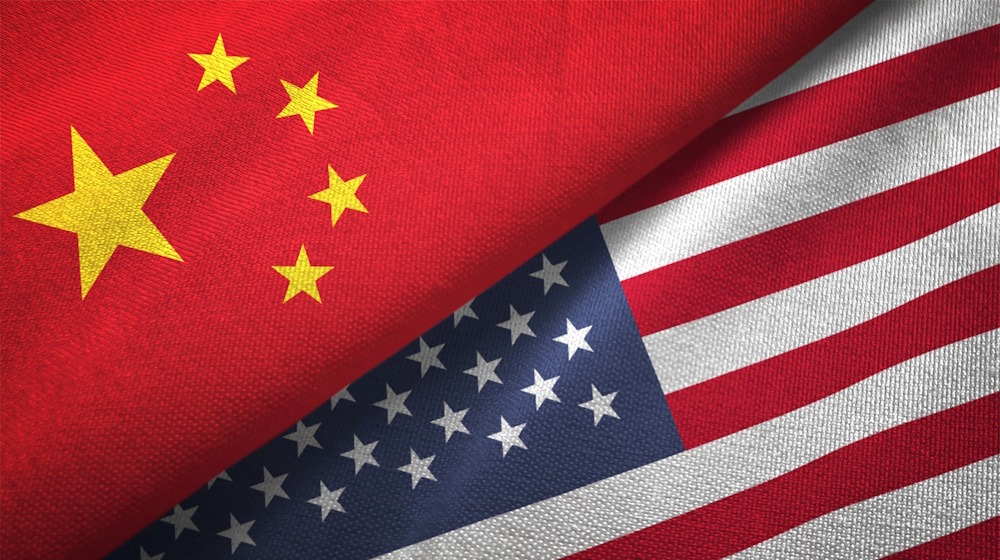
The resurgence of trade tensions between the United States and China has served as a “rude awakening” for equities, with broader sectors linked to emerging markets facing heightened vulnerability, as noted by analysts. Last week, U.S. President Donald Trump issued a warning regarding the potential imposition of 100% tariffs on Chinese imports, as a countermeasure to Beijing’s recent expansion of restrictions on the export of rare earth materials. The White House has urged China to rescind the restrictions, a request that has been dismissed by Beijing. As both sides exchange barbs, risks have begun to emerge surrounding a potential meeting between Trump and Chinese counterpart Xi Jinping in South Korea later this month—a gathering that markets had been focusing on as a possible source of clarity in what has been a murky outlook for global trade.
In a recent note, analysts indicated that the resurgence of trade tensions between the two largest global economies arises amidst a period of “growing complacency” among investors regarding the situation. In the event of further escalation, strategists have indicated that the “greatest risk” for stocks is concentrated in sectors linked to China or the broader emerging markets in Asia, specifically semiconductors, mining, automotive, chemicals, and luxury goods. All of these exhibited underperformance last Friday when Trump initially announced his triple-digit tariff threat, they observed. However, the analysts indicated that this scenario is “not our base case,” contending that the interests of both the U.S. and China are “aligned towards resolution. China’s actions follow a tit-for-tat playbook, not overreach, and the newsflow has been encouraging,” they stated.
In light of the current circumstances, the analysts expressed a “negative” outlook on European stocks and indicated an “underweight” position in cyclical compared to defensive names. They emphasized that their “main concern” centers on a potential decline in the U.S. labor market, rather than the ongoing trade dispute. A slowdown in employment suggests a downside risk to the growth outlook that “we do not believe is sufficiently reflected in pricing of the European equity market,” they stated.
“Our macro projections imply nearly 15% downside for the pan-European Stoxx 600 by the second quarter and more than 10% underperformance for cyclicals versus defensives, with our preferred overweights being pharma and food and beverages.”
